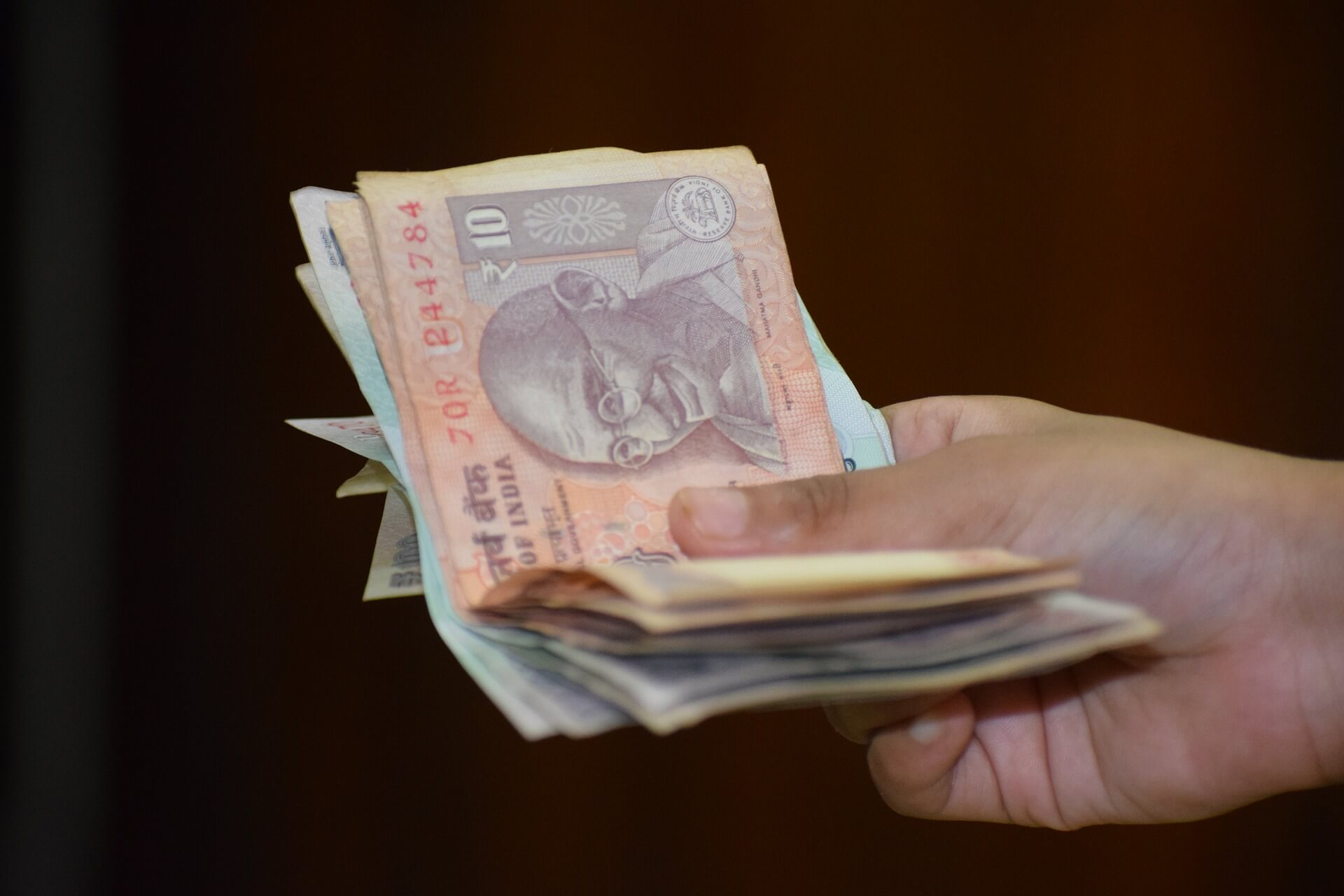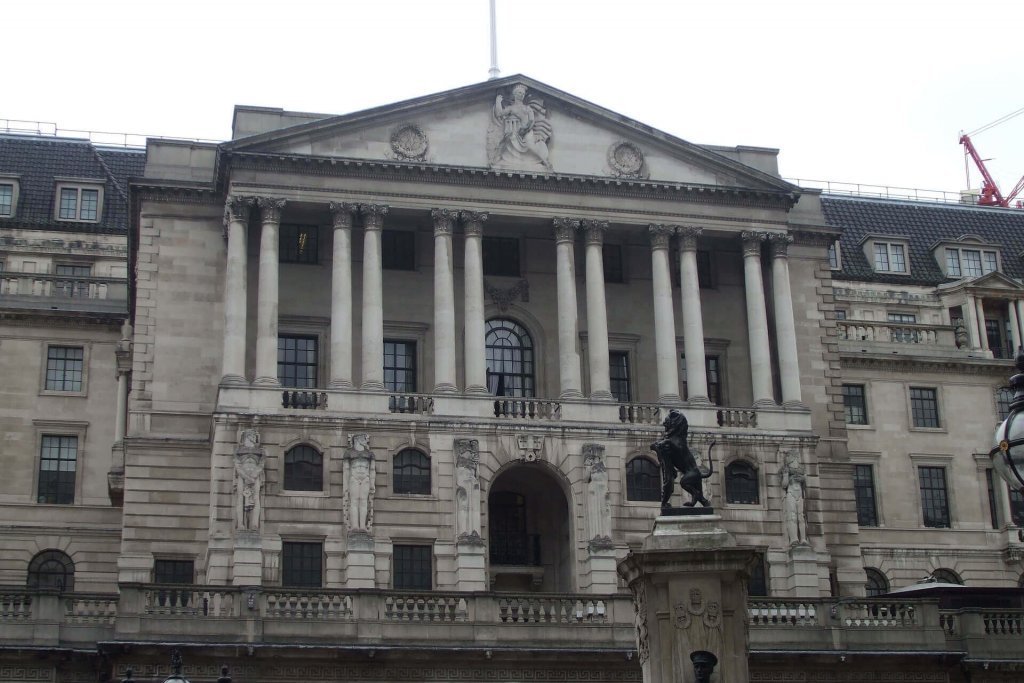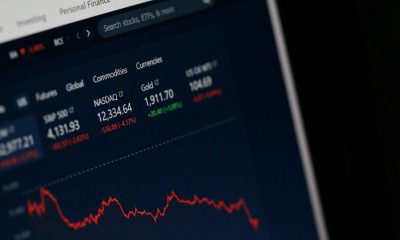Featured
RBI monetary policy: Neither shaken nor stirred
RBI monetary policy kept its status quo thanks to the GDP and credit growth rate combined with the YOY.

Mr. Mark Carney, Governor of the Bank of England, would definitely be envious of India’s RBI Chief. With the slowest growth among G7 members, the looming Brexit divorce, and three percent inflation, the Bank of England is in a delirious position.
After raising rates in November, the Bank of England held rates in its recent monetary policy. Its former spouse, the European Central Bank, kept rates constant whereas the US Fed raised 25 basis points as a goodbye Christmas gift by Madame Yellen in her last December policy.
The global economy is limping back to growth still backed by a stimulus which is being withdrawn leisurely at the behest of central bank chiefs, hoping to bring about some sensibility to the currently volatile political and economic scenario. The Indian Central Bank, on the other hand, is in a relatively propitious situation with rising GDP and inflation still in control.
Reform and recap for PSU banks
It may sound extremely clichéd, but India’s monetary policy was on expected lines. Though there were no surprises with respect to policy rates, PSU banks dived even when everybody else had their protective gear on.
They were definitely not expecting relative grading of their capitalization woes and hoped equal treatment irrespective of their fiscal temperament and indolent attitude towards asset quality mess.
The RBI gave a stern message underlining performance-based recapitalization of PSU banks, highlighting that the consecutive boom and bust syndrome through previous government bailouts was a thing of the past.
This dose of stick-and-carrot is definitely required for the Indian PSU Banks largely responsible for garnering the second-highest Non Performing Assets in the world after Italy.
Status quo maintained
As India’s monetary policy was being elucidated by the Monetary Policy Committee (MPC), the rupee weakened 13 paise, the stock markets dived 200 points, and the bonds gave a measured reaction treating it as a non-event.
The Repo rate is at six percent, the Reverse Repo rate is at 5.75 percent, and the Marginal Standing Facility and Bank Rate is at 6.25 percent with a neutral stance, and was decided by the MPC in the ratio of 5:1. Mr. Dholakia was the lone member favoring a rate cut.
Though the RBI was largely expected to maintain its status quo with October inflation at 3.58 percent, GDP growth at 6.3 percent and credit growth up 8.6 percent versus 7.5 percent YOY justified the stagnant policy rates.
In addition to that, rising crude prices and fear of fiscal slippages through state farm loan waivers, rollback of excise duty and VAT of petroleum products and lesser government revenue due to lower GST rates made it mandatory for the central bank to remain frugal.

The Bank of England is in hot water as opposed to RBI’s positive situation. (Source)
The tinkering
Boosting digitalization, the RBI rationalized Merchant Discount Rates (MDR) on debit cards by categorizing merchants on the basis of turnover. Overseas branches and subsidiaries of Indian banks are now allowed by the RBI to refinance External Commercial Borrowings (ECBs) of AAA-rated public sector and private sector companies reducing their borrowing costs and enhancing overseas credit market.
Lastly, the Bank acknowledged government effort with respect to improvement in Ease of Doing Business and maintained growth forecast at 6.7 percent for 2017-18.
Pause before stepping on the gas
Analysts are expecting the Indian Central Bank to be on an extended pause for the whole of 2018 as it expects inflation to follow an upward trajectory fuelled by oil prices and probable fiscal slippages.
But, what if the GDP growth is maintained around six percent and inflation shoots up beyond five percent in the next few months? In such a scenario, a rate hike is not overruled, and we might just end up in the elite club of the Fed and the Bank of England for valid reasons by February 2018.
If that happens, India may be in a “Goldilocks” situation—with rising asset prices, lower inflation, and rising GDP. Really! Then what about the crude prices which have risen about 40% this year. Well, they are expected to remain within $62-$65 for 2018 as predicted by some optimistic financial pundits. That suits us fine if GDP maintains its upward trajectory in the coming quarters, ‘Goldilocks’ might or might not be a certainty, but definitely, an envious position to be in.
—
DISCLAIMER: This article expresses my own ideas and opinions. Any information I have shared are from sources that I believe to be reliable and accurate. I did not receive any financial compensation in writing this post, nor do I own any shares in any company I’ve mentioned. I encourage any reader to do their own diligent research first before making any investment decisions.

-

 Impact Investing1 week ago
Impact Investing1 week agoVernazza Autogru Secures €5M Green Loan to Drive Sustainable Innovation in Heavy Transport
-

 Markets4 days ago
Markets4 days agoRice Market Slips Amid USDA Revisions and Quality Concerns
-

 Business2 weeks ago
Business2 weeks agoLegal Process for Dividing Real Estate Inheritance
-

 Fintech12 hours ago
Fintech12 hours agoJPMorgan’s Data Fees Shake Fintech: PayPal Takes a Hit

























You must be logged in to post a comment Login